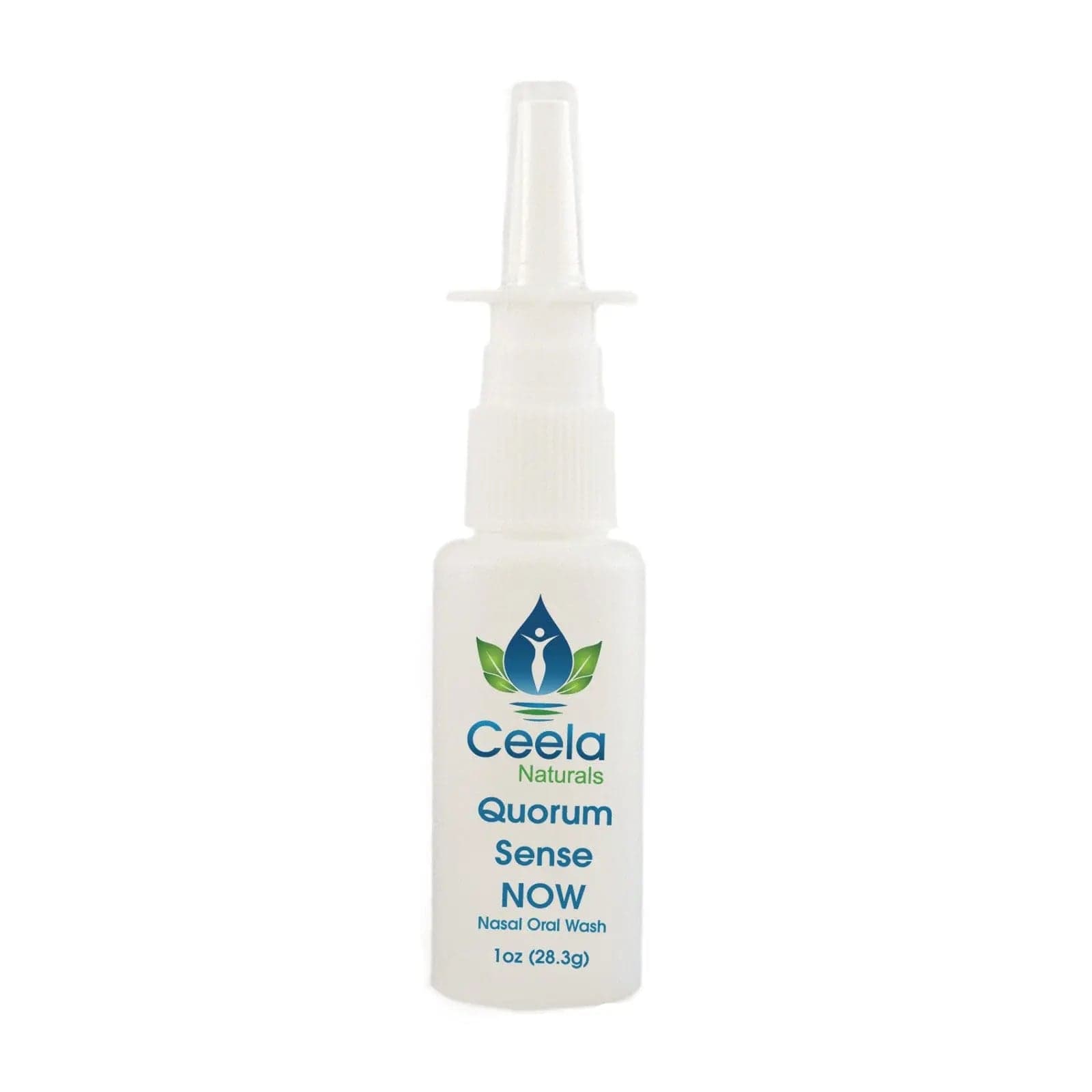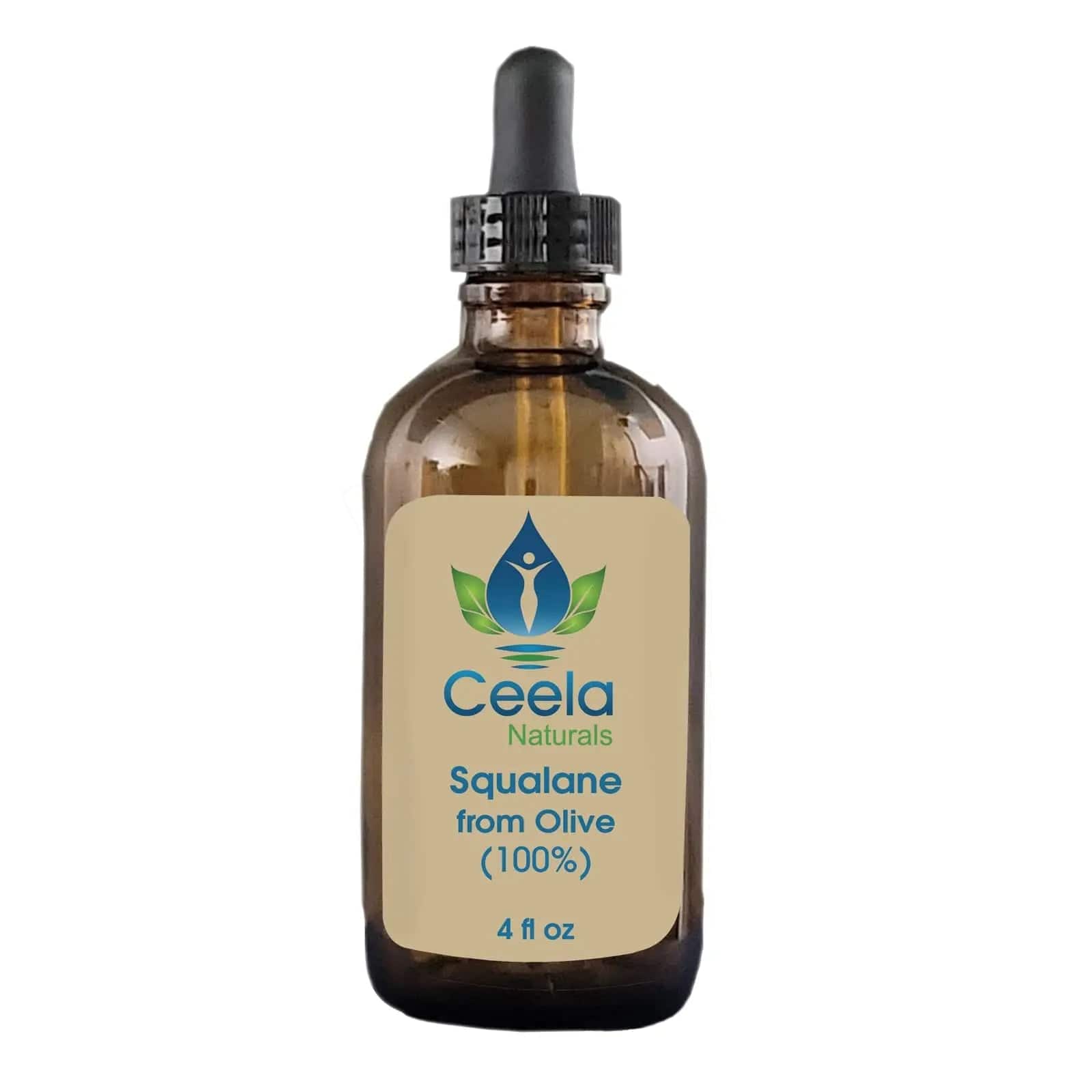CEELA NATURALS
Science-Based
Our products are free of common allergens. We do not use any chemical preservatives, emulsifiers, or detergents. Our products are vegan and organic. We do not add fragrances. Where beneficial we use CLA (conjugated Linoleic Acid) in our formulations.
What is Conjugated Linoleic Acid?
The beneficial properties of CLA were first discovered by Dr. Michael Pariza at the University of Wisconsin the 1980's. He found that a form of the compound derived from cooked hamburger had exhibited anticarcinogenic properties in mice.
Looking to enhance your diet with high-quality CLA (Conjugated Linoleic Acid)? Turn to nature's bounty. Cattle, sheep, and goats that feed on grass produce it naturally and in abundance. Their dairy and meat can significantly enrich our diet with CLA, offering a healthier choice. In fact, grass-fed beef delivers 3-5 times more CLA compared to its grain-fed counterparts!
While you can derive CLA from safflower oil, our bodies mainly obtain CLA through diet, apart from the CLA produced during the nursing process. It's interesting to note a decline in average CLA intake over the past 80 years in the U.S., a shift attributed to an increase in grain-based feeds in meat and dairy farming. It's time we took a closer look at our food sources and made healthier, more informed choices.

Dr. Changaris Patents
Dr. Changaris began his study of CLA in the 1990’s and has been awarded several patents for his research. One of his patents, Method, and composition for long-acting bacterial suppression on skin. Another one, Methods and composition for suppression of deep-seated fungal growth on skin. These patents explore his discovery that CLA had the effect of suppressing bacterial and fungal growth. This was the genesis of his idea to create a soap, without known allergens and artificial preservatives, that would clean the skin and help the body restore the natural balance to the skin microbiome. It would have the added benefit of not introducing chemicals to the body that would migrate to the microbiome in the gut.
In 2008 the FDA announced that CLA was considered GRAS (generally accepted as safe by the FDA and allowable as a food supplement). Attempts have been made to introduce CLA enrichment in food, however the greatest use of CLA is human nutritional supplement market. Many studies have reported its effectiveness, at this time there is no generally accepted theory on why it works. This is not as surprising as it might seem. Aspirin was invented in 1897 and people used the product because it worked. But it wasn’t until 1971 that it was discovered that it worked by inhibiting an enzyme that produces prostaglandins—hormone-like messenger molecules that trigger many processes in the body, including inflammation.
PRODUCTION
Most CLA produced today is made from safflower oil. There are over twenty variations of CLA with slightly different structures. Of these isomers, two are predominate. Most synthetically produced CLA is a mixture of two different isomers: CLA c9,t11 and CLA t10,c12. This ratio has been used in most of the published studies. CLA c9,t11 is found primarily in meat and dairy. While t10,c12 is found primarily in low concentrations of vegetable oils.
There are five large international producers of CLA. Most CLA available has a 50/50 mixture of the two primary isomers at 80-90% concentration. In 2022 Dr. Changaris filed a US patent for a new way to produce CLA from Safflower oil. This process preserves the organic food preparation standards. We use non-GMO safflower oil to produce CLA at a higher concentration. CLA research continues today as scientists study its unique effect on the human body.










